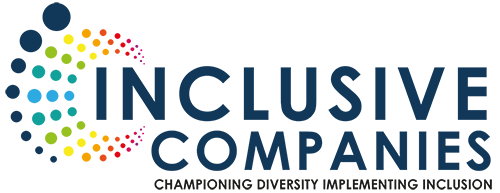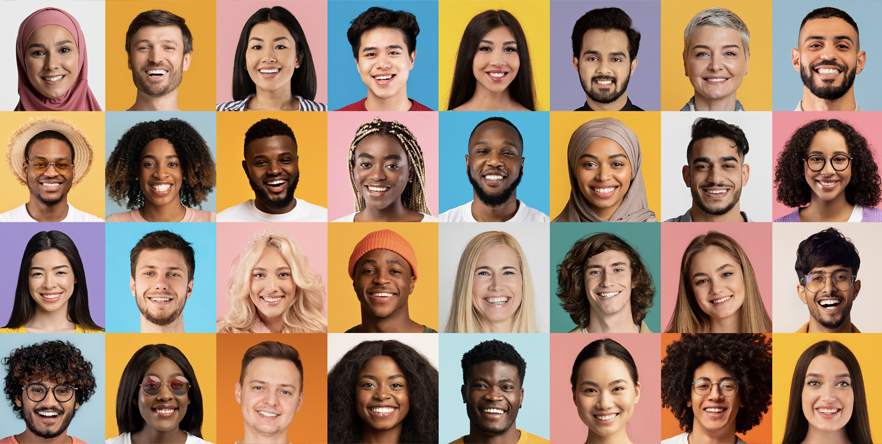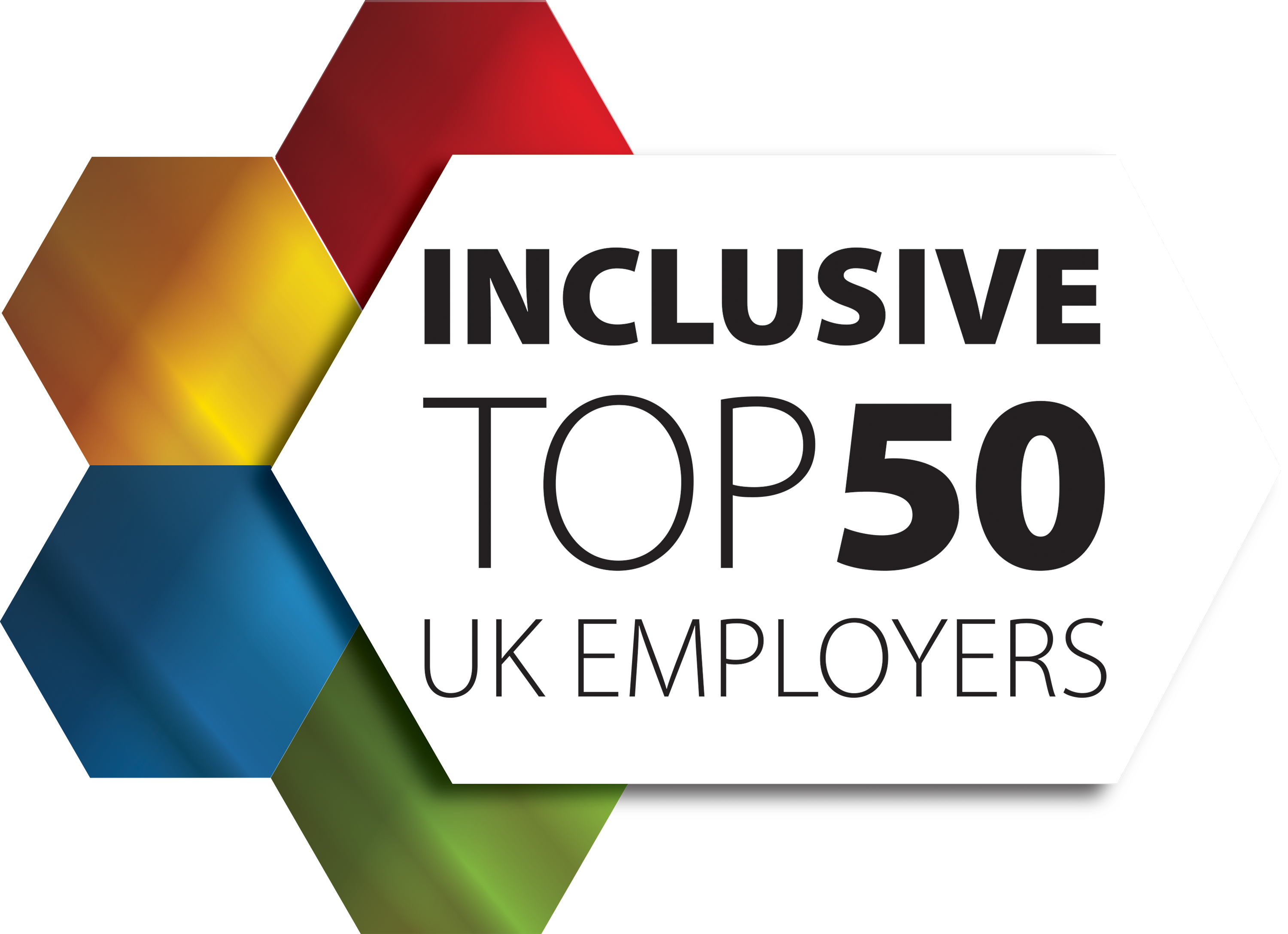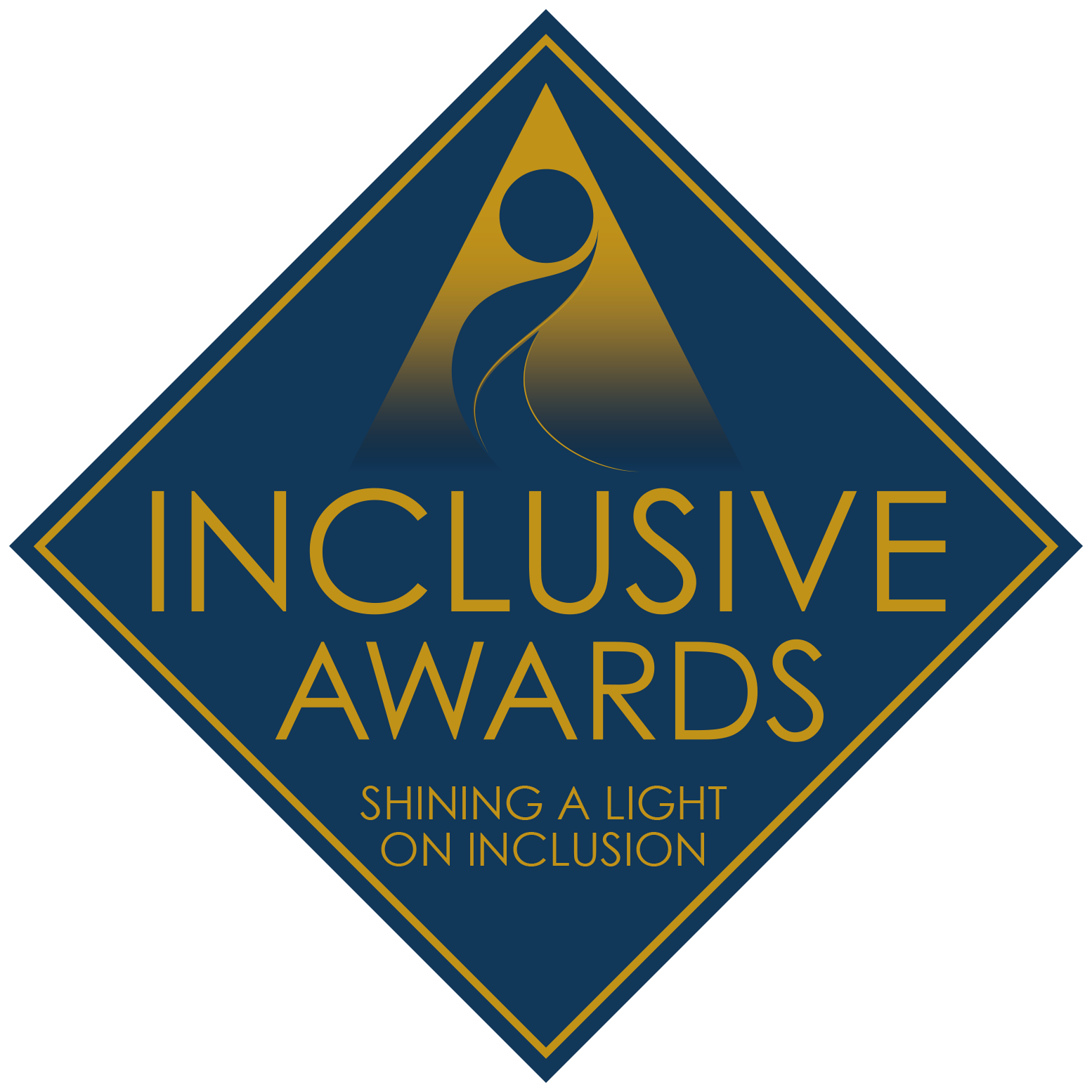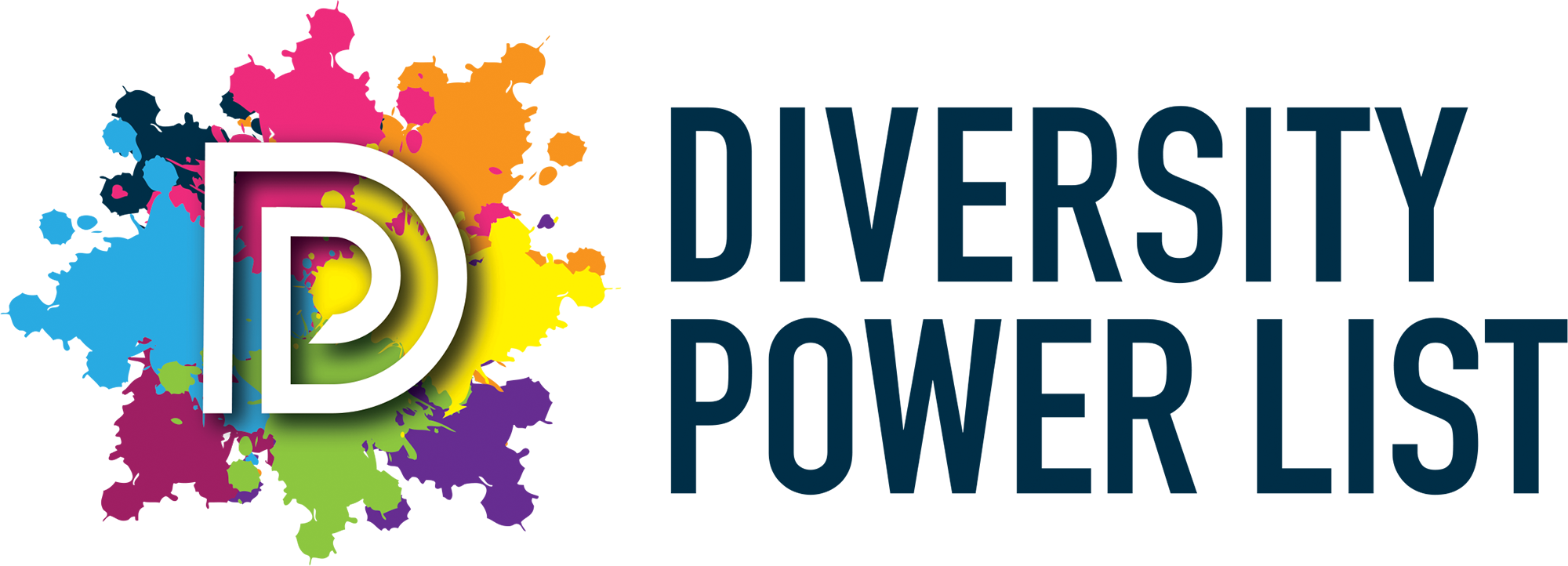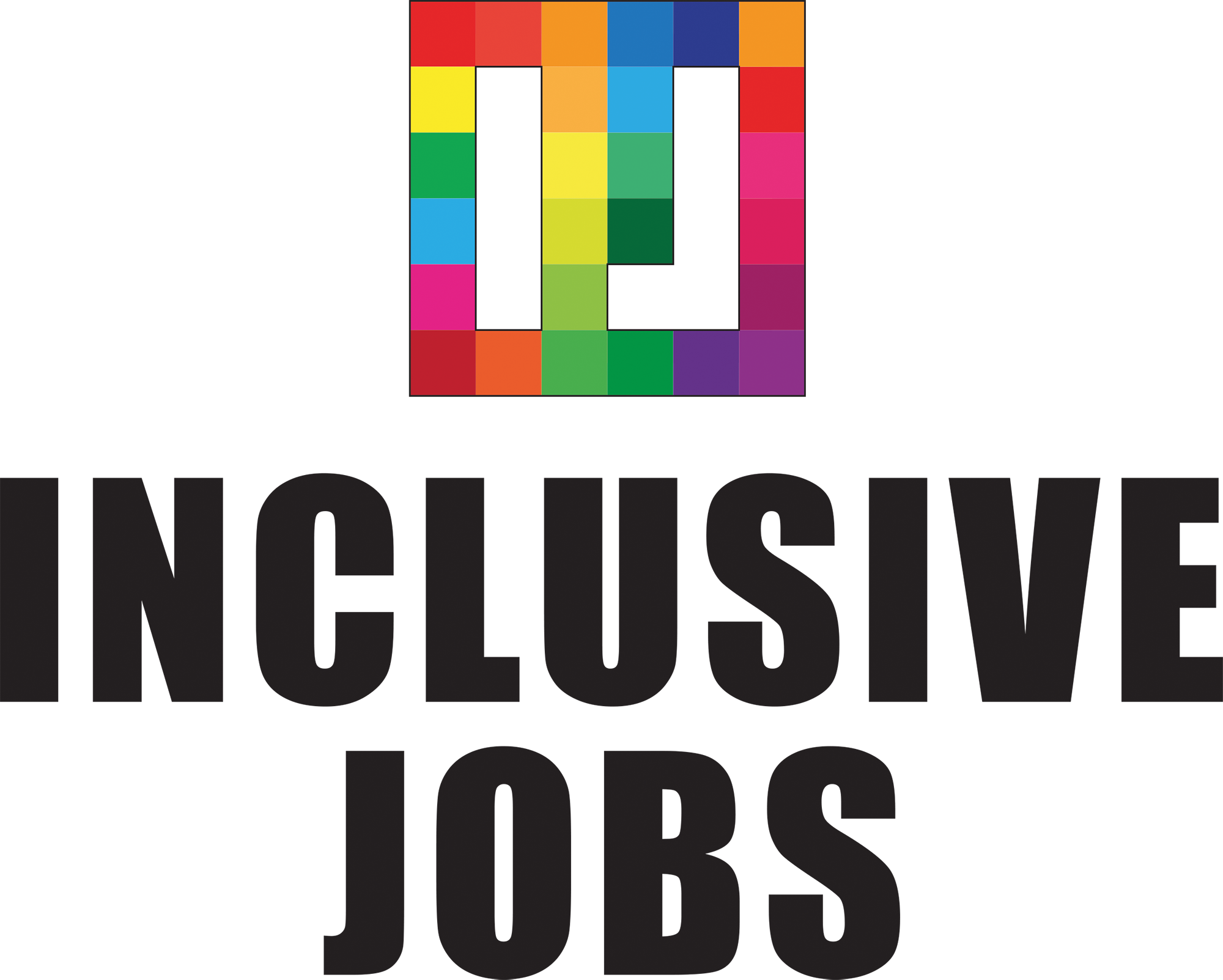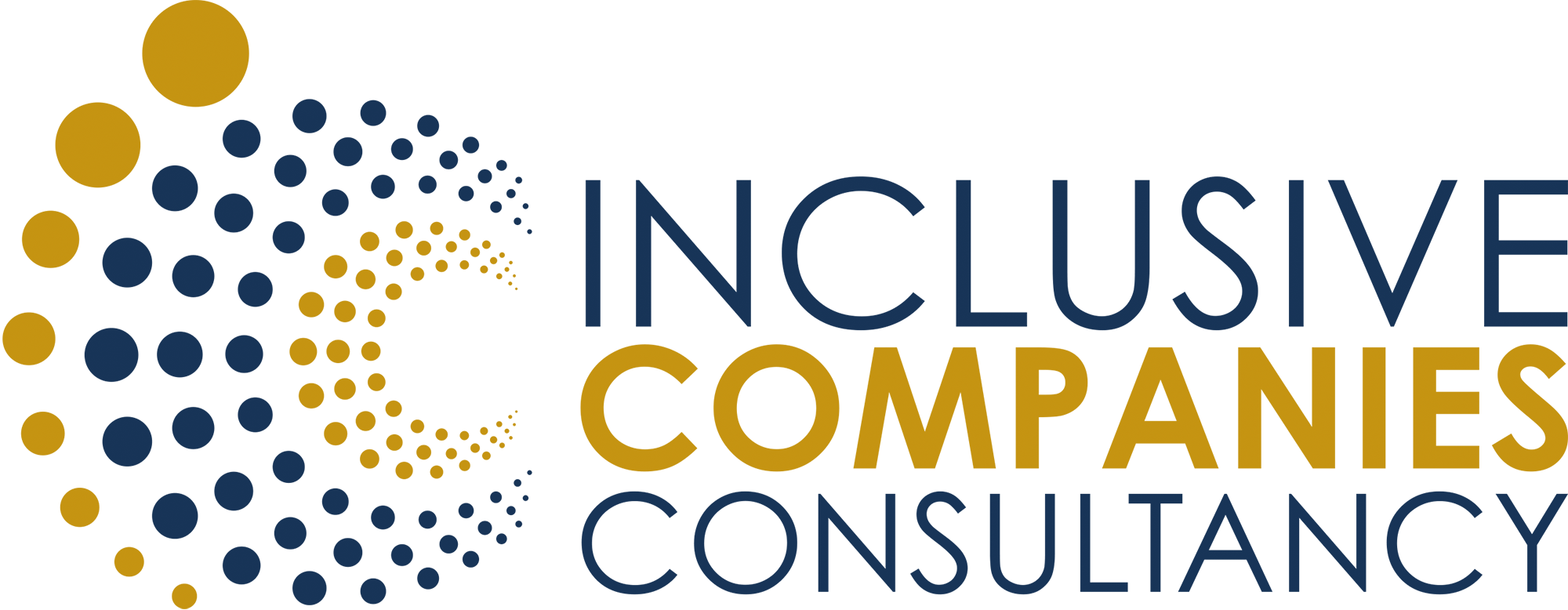The evidence is clear in the bottom line: companies with diverse workforces outperform those that draw their recruits from a narrow base. But wind power needs to do more to recruit and retain the best talent.
Progress has certainly been made, but there remain too few women and minorities working in wind.
The US can point to some shining examples — Susan Reilly, chief executive of RES Americas, Laura Beane, CEO of Avangrid Renewables, and Adam Wright, MidAmerican energy’s African-American CEO among them.
But even in 2019 it is not unusual to find white men dominating the panels at wind conferences, especially in the technical and legal areas.
Renewable energy employs about 32% women globally, compared with 22% in the energy sector overall, the latter being a notoriously male-dominated field. This is according to a report on gender published in January by the International Renewable Energy Agency (Irena).
The US wind industry and solar sectors are at just below one third for female employees, says the 2019 US Energy and Employment Report by the Energy Futures Initiative and the National Association of State Energy Officials. The number of ethnic minorities in renewable energy is harder to pin down.
Entrenched attitudes
On-the-ground experience tells another part of the story. Utopia Hill, vice president, renewables project management & construction at Invenergy in Chicago, recalls a man from another company calling her a “bitch” on site because he did not want to take her instructions.
She says of this sort of incident: “You need your company to stand up for you. Invenergy has always stepped in.”
Hill (pictured below), only the second black woman to graduate from her university with a degree in aeronautical engineering, says she finds that men at a construction site are often still waiting for “the boss”, even after she has arrived.
“When people see you, it’s like a little bit of a shock,” she says. “Or they might think, are you really who you say you are?”
“When people see you, it’s like a little bit of a shock. Or they might think, are you really who you say you are?”
Amy Grace, head of cleantech research at BloombergNEF in London, started in the financial world at a hedge fund in New York.
She remembers realising that the visiting executives looking for a hedge-fund investor assumed she was the receptionist when she ushered them into a meeting, even though she was the analyst judging them as a prospect.
Grace entered renewable energy partly because she thought it would be a more female-friendly field. So she was horrified when at her first wind conference, in 2010, out of some 300-400 participants, there were about five women.
Asked why there are not more women in renewable energy, she replied with characteristic bluntness. “Perhaps it’s Disney movies. And Kim Kardashian,” she says.
A lack of peers can make for discomfort. When Early Deloach, currently training coordinator for operations at Pattern Energy Group, worked as a technician for Clipper Windpower in 2009, he and his family lived in a town in predominantly white rural Iowa. “It wasn’t like they were used to seeing someone like me,” he says.
Better outcomes
“Getting diverse minds and different perspectives into the workforce leads to better outcomes,” says Kristen Graf, right, executive director at Women of Renewable Industries and Sustainable Energy (WRISE).
IHS Markit research commissioned by the American Petroleum Institute has found that the ideal workforce of the future is diverse — African-American, Latino and female, notes Tracey Woods, vice president of operations of the American Association of Blacks in Energy (AABE).
An engineer by training, he used to work for a utility.
Other studies reinforce the positive effects of a diverse workplace on the bottom line.
AWEA 2019 panel discussion on diversity with (left to right) Lauren Miller, EDP; Tracey Woods, American Association of Blacks in Energy; Early Deloach, Pattern Energy and AWEA’s Michele Mihelic
Catalyst, a global non-profit organisation that works with top CEOs and companies to improve gender diversity, cites academic research suggesting that Fortune 500 companies with a critical mass of three or more women on their boards will perform better financially in certain ways.
Women and minorities bring different experience to problem-solving and building relationships. For example, women can be more collaborative, notes Liz Burdock, head of the US-based Business Network for Offshore Wind.
Cooperation between states, developers and government is at a premium in the US’s booming offshore sector, and women’s instincts can be a boon, she says. Also, women can be especially future-oriented, since they may especially care about the future of the planet for their children, making them a good fit for the energy transition, Burdock adds.
April Christensen, a senior associate for business development at Invenergy and the former recipient of a WRISE fellowship, spends time in communities with landowners. She sees two sides to being a woman in some situations.
In conservative rural areas, landowners can be more welcoming to a female wind-company employee, but if they do want you to leave, they may have a harder time expressing it because they are trying to be polite.
Even so, Christensen has found that it can be harder to garner respect when she is accompanied by a male colleague. Or, as BloombergNEF’s Grace puts it, when she was younger she found it could be easier to get people to talk, but harder to persuade them to listen.
The foundation for diversity starts at a young age. Women and minorities need encouragement to study so-called STEM subjects — science, technology, engineering and mathematics — in school, and they need role models.
Even if you are blue-collar in wind energy, you need STEM subjects, notes Woods, adding that African-Americans are underrepresented in pursuing science and technology. “We’re fishing in a shallow pond,” he says of the energy sector.
Alla Weinstein (pictured, left), founder and CEO of Trident Winds, grew up in the Soviet Union, where, she says, there was no gender discrimination in pursuing STEM.
“If you didn’t go into science, there was something wrong with you,” she recalls. Weinstein is an ambassador for the US clean-energy education and empowerment initiative run by the Department of Energy and top universities, which has a goal to close the gender gap.
Weinstein graduated in the era of affirmative action and quotas for women and minorities.
After college, she was hired by Honeywell International and became the company’s first female engineer in test equipment engineering for aeroplanes.
Affirmative action has since fallen out of favour, in part because of lawsuits, and has been replaced by diversity programmes without quotas.
Affinity groups
Role models can be found in diverse fields. WRISE’s Graf, an engineer, was enthused by physicist Sally Ride, the first American woman in space.
Invenergy’s Hill’s interest in science was spurred by space in fiction. “I wanted to be Captain Kirk! I wanted to be an astronaut,” she says.
Mentoring and so-called affinity groups, such as women’s groups, are two of the best tools to combat inequity. From college onwards, such organisations are crucial for support, networking, mentoring, disseminating job opportunities, providing scholarships or fellowships, and recognising, for example, a woman or minority employee of the year or a rising star.
Such groups include: WRISE; the Society of Women Engineers; AABE; the National Association of Black Engineers, which even targets children in primary school; the Society of Asian Scientists and Engineers; the Society of Hispanic Professional Engineers; and the National Organisation of Gay and Lesbian Scientists and Technical Professionals.
Affinity groups play a crucial role within companies. Major players, including GE, NextEra, Invenergy, Avangrid and Pattern, have women’s groups. The largest companies such as GE also have groups for African-American, Latino, Asian and LGBTQ employees and military veterans.
Woods of AABE once went to an African-American networking meeting at GE, and found thousands of people in attendance. Managers organising informal BBQs and get-togethers can also help build even a small team, says Pattern’s Deloach.
Mentoring, whether from within or without a person’s employer, is fundamental, say diversity advocates. Rene Braud (pictured, right, receiving an award from AWEA’s Tom Kiernan), director of environmental policy and compliance at Pattern, is particularly keen on mentoring young women.
She recalls advising some who thought they were being passed over for job opportunities.
In one case, she counselled a shy woman to pin down a potential boss far more as to what qualities he was seeking. The candidate got the job when she otherwise might not have.
Shallow pools
Mechanical engineer Melissa Elkinton, director of energy resources and meteorology at Avangrid, says that while in graduate school, it was important in her development to have a WRISE fellowship, which paid her way to the American Wind Energy Association’s annual conference in 2006. The opportunity to network was fantastic, she says.
She has since sought out certain bosses, such as Sally Wright, a principal and wind-turbine engineer at DNV GL, who became her technical mentor some years ago. Elkinton says she scoured companies’ websites: “If there were no women, that would be a red flag.”
The pool of candidates for a job may not be diverse. Meghan Schultz, senior vice president of finance and capital markets at Invenergy, oversees a team of some 20 professionals. Schultz, whose background is in the power and utilities team at a bank, says that when her team is hiring from outside, for every 20 or so applications, only one is likely to be from a woman.
BloombergNEF’s Grace (left) notes when that when adding to her global team of several dozen analysts, she finds that 50% of candidates for a solar analyst opening might be women, slightly less in wind, and even fewer if the position is a power analyst. And finding a female analyst in oil and gas is even harder.
When hiring and promoting women and minorities, a company should do more than say that it is an equal-opportunity employer. Be proactive, say diversity advocates, and perhaps discuss the issue in the job interview.
“Putting that olive branch out — it helps you feel like they have a more inclusive environment,” says Invenergy’s Hill.
Woods of AABE stresses that recruiting companies must actively go to colleges and job fairs known for attracting black people, and work with affinity groups.
“HR says I have to look harder [to achieve diversity] — but no, look in different places,” he says.
Affinity groups such as WRISE typically have job boards.
Openings should also be advertised on social media such as Linkedin and Twitter, according to diversity advocates. Referrals can be proactive too, or new hires may end up being only as diverse as a company’s current workforce.
“Make sure you are not just looking for a candidate like you,” warns Avangrid’s Elkinton.
Women often think they have to be 110% qualified to apply for a job, whereas men may think they have to be 40% qualified, she says. “I have helped women see that when I mentor my team.”
When candidates are interviewed, Invenergy’s Schultz also suggests that one can use “structured’ interviewing to reduce what is known as unconscious bias. Invenergy recently had all of its employees go through unconscious bias training.
Schultz, who has been at Invenergy for 11 years, recalls once being on a training course with some 25 women, or 30% of the class. Yet only two of those women were still employed 18 years later. The workforce may start out more equal, but as people progress through their careers, fewer women are retained, she says.
A flexible attitude can be important. Elkinton recalls a woman on her team asking to work part-time. She initially thought it was not compatible with the work needed — “the request started to challenge my view” — but then a female colleague suggested they try. “It worked,” she says. “It was totally manageable. It was just a matter of will.”
Pattern’s Braud once had a women with four children on her team who wanted to go part-time and who then left the workforce.
“She later came back — she was the best employee I had [at the time],” says Braud. Of course, work-life balance is an issue for all employees, but on average women do still take on more childcare and housework than male partners.
Companies should not assume a woman with young children does not want to travel. Job descriptions can be adjusted to accommodate the best candidate. And consciously promoting diversity can work on a one-off basis, such as selecting a woman or minority instead of a white man to speak at a conference.
Still, it seems that diversity has gained more ground in education than the workplace. In some instances, interviewees had no idea that equality remained out of reach until they entered the workforce. When WRISE’s Graf studied engineering at Cornell University in the late 1990s, her class consisted of perhaps 20% women. Today, the same department is about 50% female.
Christensen of Invenergy, who studied biology, music and environment, says in her generation, high school and university were relatively egalitarian. “I did not realise there was still work to be done until I entered the workforce,” she says.
Another tool in promoting diversity is companies or government agencies requiring diversity in their supply chain. In the US, utilities are among the companies at the forefront, in large part because they are regulated, says AABE’s Woods.
Utility giant Exelon, with subsidiaries from Philadelphia to Atlanta, requires that a certain proportion of contracts are with women- and minority-owned businesses. Between 2013 and 2017, Exelon’s total spend with diversity-certified suppliers grew 119%, according to the company’s website.
California, an especially progressive state, requires utilities meet a diversity goal, while Maryland has a voluntary goal, and Illinois, where Exelon is based, will soon set a firm requirement.
The UK’s offshore wind sector deal, announced earlier this year, saw the government set a target to employ at least 33% women in the offshore wind workforce by 2030, up from 16% today. The Bureau of Ocean Energy Management (BOEM), which oversees offshore leasing in the US, does not have diversity targets.
Much progress has been made, but the gender and racial gap still exists. Weinstein believes that giving everyone an equal chance is the crux, and that women candidates are especially likely to succeed. “We women are a lot harder on ourselves, so we will excel no matter what,” she says.
That’s just as well, since the best talent is needed to combat climate change, which is coming at us like a freight train.
Source – written by Ros Davidson- featured on The Oldham Times

